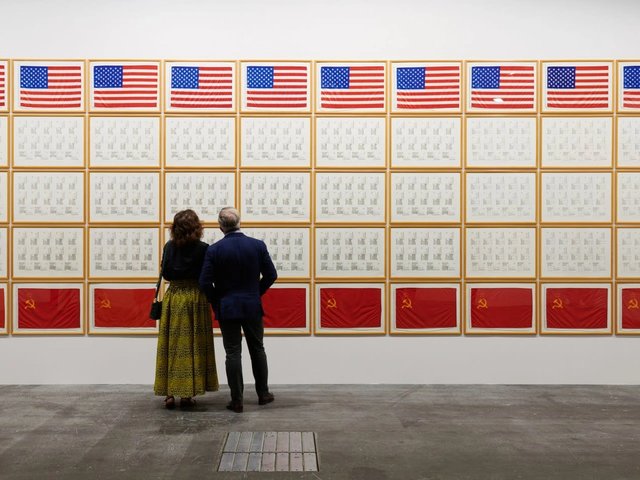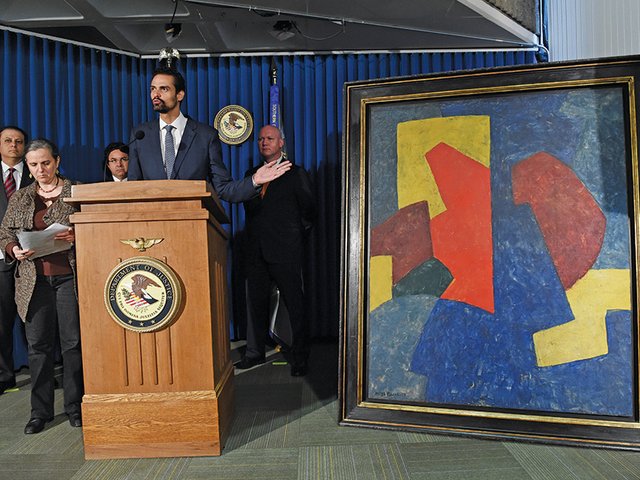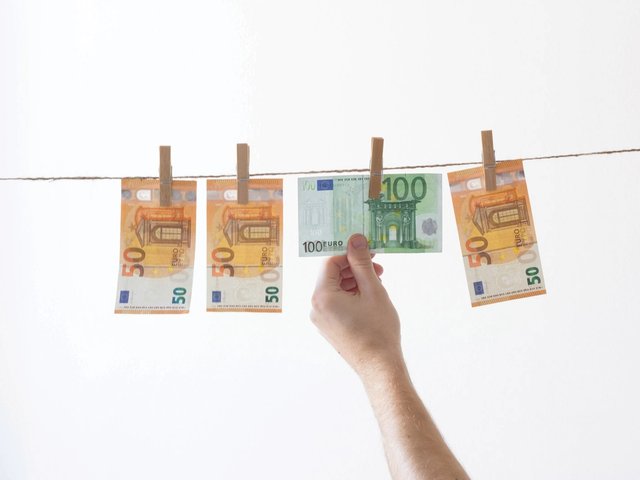The UK government this week published its policy paper on the new economic crime (anti-money laundering) levy after several months consultation with members of the art trade.
The levy, which aims to raise £100m a year, will apply to businesses that are considered medium (£10.2m-£36m), large (£36m-£1bn) or very large (more than £1bn) in size, based on their UK revenue. High-end dealers, auction houses and other art market participants (as defined here) that are regulated for anti-money laundering (AML) purposes will be liable. Smaller arts organisations and artists that sell their own work will be exempt.
Christie’s and Sotheby’s declined to comment, though the Society of London Art Dealers (SLAD) and the British Art Market Federation are still in discussions with the government about how the levy could be best applied to the art market, most notably basing the levy on gross profit rather than revenue. Turnover in the art business is often high, while profit margins are usually slim.
Furthermore, there are discrepancies over how auction house and galleries measure revenue—or turnover. As Paul Hewitt, the director general of SLAD, explains: “The definition of revenue for the purposes of the economic crime levy is based on what is traditionally called turnover. In an auction house, the hammer price does not equal turnover, the turnover is the aggregate of the vendor commission and the buyer premium. So their effective turnover is relatively lower compared to a dealer. When a dealer buys a picture, they effectively take it into stock—albeit for a limited period of time—so their turnover is effectively higher.”
Hewitt remains hopeful such discrepancies will be ironed out, noting that, after the first round of discussions, the Treasury raised the level at which organisations become liable to £10.2m. “It’s a positive sign that the government is listening, reacting and responding,” he says.
The levy will come into effect on 1 April 2022 and will be payable at the end of each financial year.





